13 Halloween Superstitions & Traditions Explained
On All Hallow's Eve…
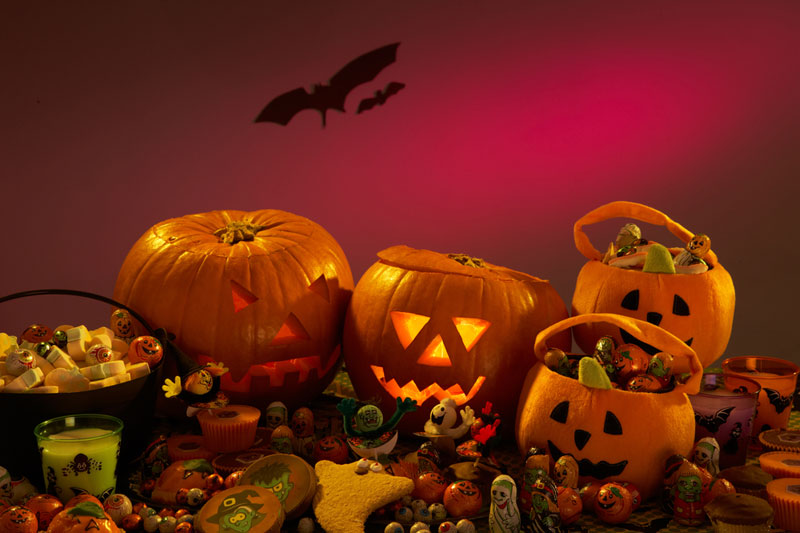
Halloween may seem like it's all about costumes and candy, but the holiday — which is relatively new to America, having only become popular in the early 1900s — has its roots in pagan beliefs. Dating back about 2,000 years, Halloween marked the Celtic New Year and was originally called Samhain, which translates to "summer's end" in Gaelic.
Some Halloween traditions, such as carving Jack-o'-lanterns, are based on Irish folklore and have been carried on throughout the centuries, while others, such as candy corn, are more modern Halloween additions. Read on to find out the meaning behind 13 spooky Halloween staples, including spiders, witches and trick-or-treating.
Black Cats
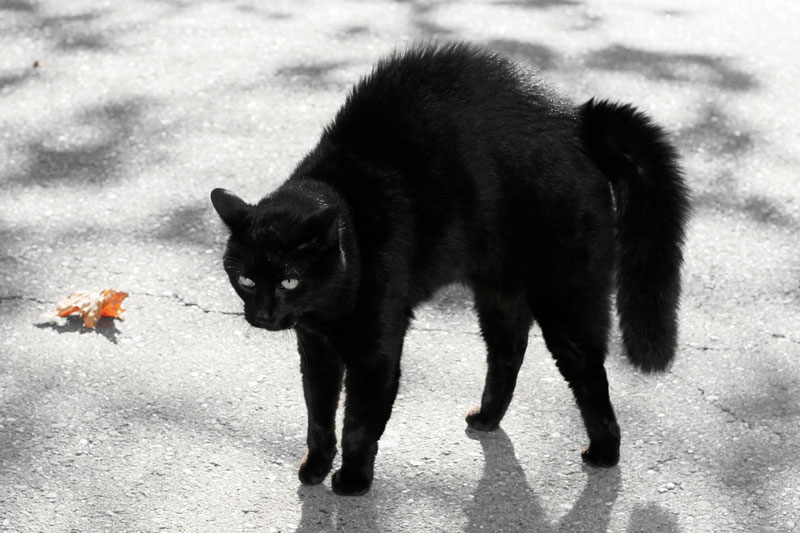
Often used as symbols of bad luck, black cats grace many Halloween decorations. The black cat's bad reputation dates back to the Dark Ages, when witch hunts were commonplace. Elderly, solitary women were often accused of witchcraft, and their pet cats were said to be their "familiars," or demonic animals that had been given to them by the devil. [Read: Here Kitty, Kitty: 10 Facts for Cat Lovers]
Another medieval myth told that Satan turned himself into a cat when socializing with witches. But nowadays, black cats aren't synonymous with bad luck and mischief everywhere — in Ireland, Scotland and England, it's considered good luck for a black cat to cross your path.
Jack-O'-Lanterns
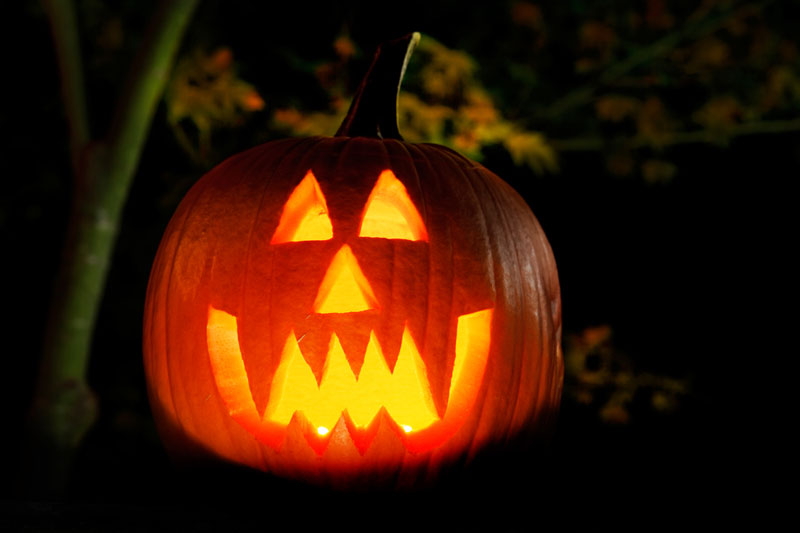
A fun fall activity, carving Jack-o'-lanterns actually has its roots in a sinister, tragic fable. Celtic folklore tells the tale of a drunken farmer named Jack who tricked the devil, but his trickery resulted in him being turned away from both the gates of heaven and hell after he died. Having no choice but to wander around the darkness of purgatory, Jack made a lantern from a turnip and a burning lump of coal that the devil had tossed him from hell.
Jack, the story goes, used the lantern to guide his lost soul; as such, the Celts believed that placing Jack-o'-lanterns outside would help guide lost spirits home when they wander the streets on Halloween. Originally made using a hollowed-out turnip with a small candle inside, Jack-o'-lanterns' frightening carved faces also served to scare evil spirits away. When the Irish potato famine of 1846 forced Irish families to flee to North America, the tradition came with them. Since turnips were hard to come by in the states at the time, pumpkins were used as a substitute. [Image Gallery: Peculiar Pumpkins]
Bats
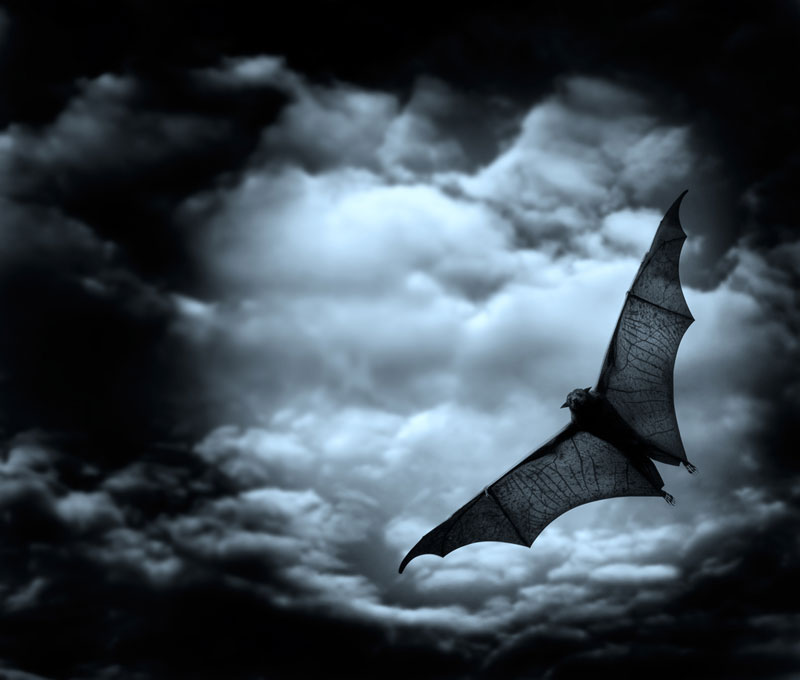
Medieval folklore also described bats as witches' familiars, and seeing a bat on Halloween was considered to be quite an ominous sign. One myth was that if a bat was spotted flying around one's house three times, it meant that someone in that house would soon die. Another myth was that if a bat flew into your house on Halloween, it was a sign that your house was haunted because ghosts had let the bat in.
Get the world’s most fascinating discoveries delivered straight to your inbox.
Spiders
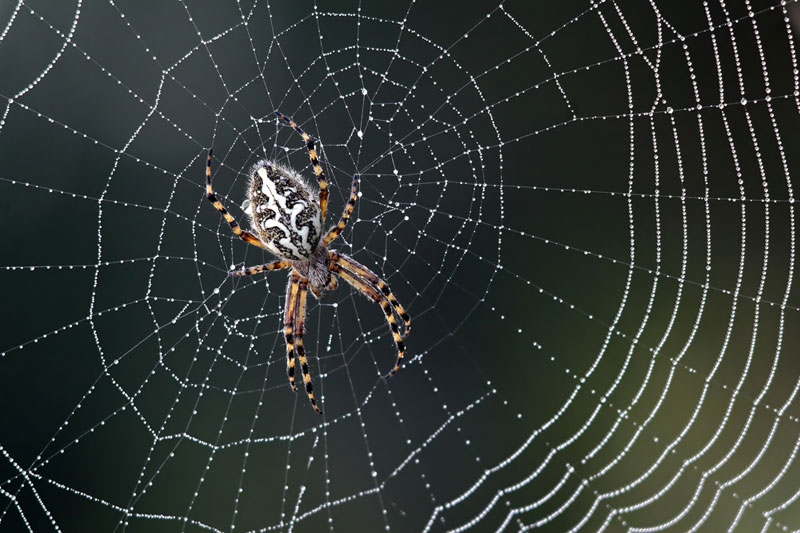
A common source of fear, spiders make for creepy, crawly Halloween staples. They join the ranks of bats and black cats in folklore as being evil companions of witches during medieval times. One superstition held that if a spider falls into a candle-lit lamp and is consumed by the flame, witches are nearby. And if you spot a spider on Halloween, goes another superstition, it means that the spirit of a deceased loved one is watching over you. [Image Gallery: Spooky Spiders]
Witches
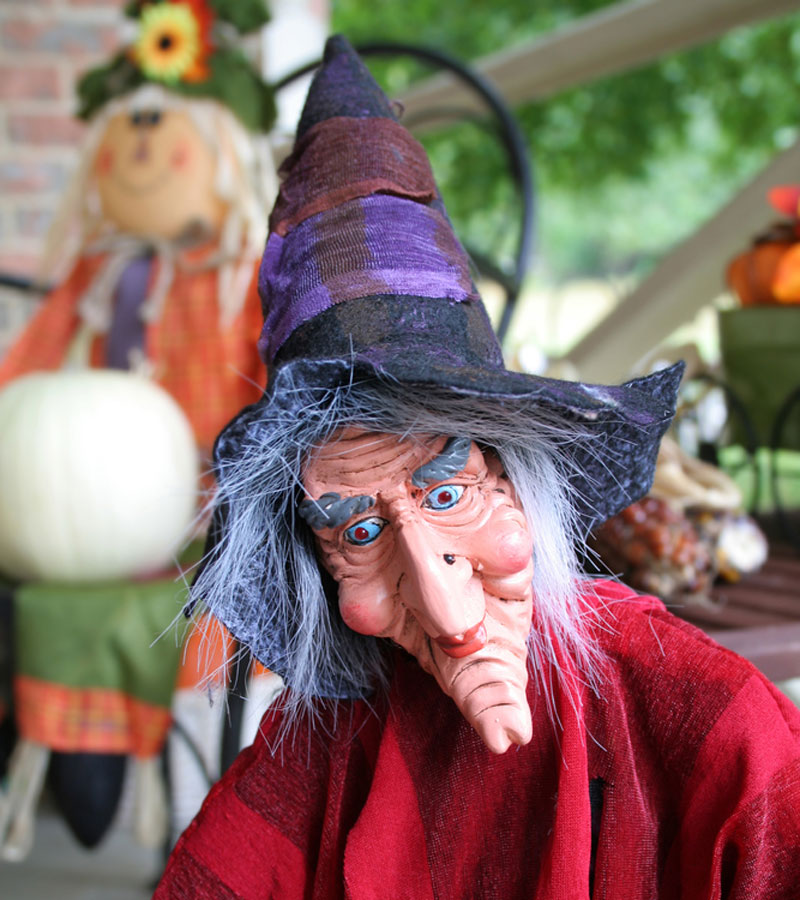
The stereotypical image of the haggard witch with a pointy black hat and warty nose stirring a magical potion in her cauldron actually stems from a pagan goddess known as "the crone," who was honored during Samhain. The crone was also known as "the old one" and the "Earth mother," who symbolized wisdom, change, and the turning of the seasons. Today, the kind, all-knowing old crone has morphed into the menacing, cackling witch.
Cauldrons
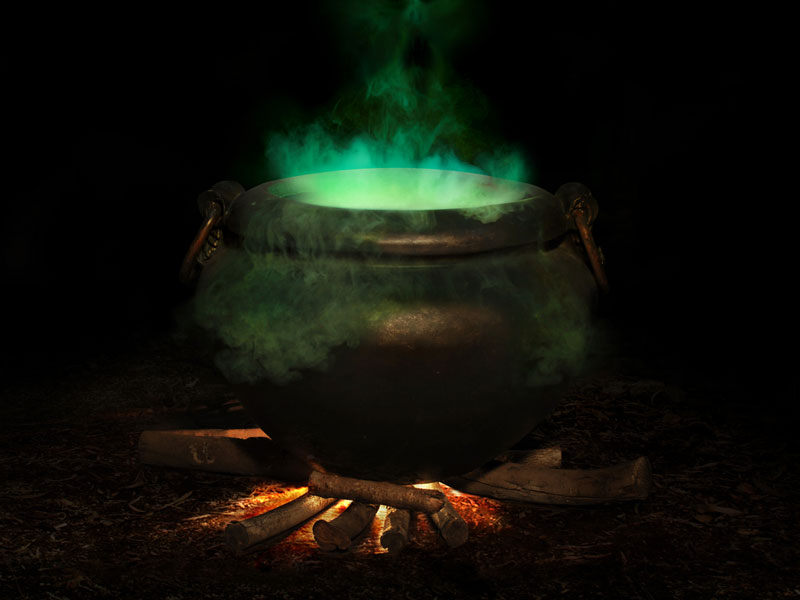
The pagan Celts believed that after death, all souls went into the crone's cauldron, which symbolized the Earth mother's womb. There, the souls awaited reincarnation, as the goddess' stirring allowed for new souls to enter the cauldron and old souls to be reborn. That image of the cauldron of life has now been replaced by the steaming, bubbling, ominous brew. [10 Weird Ways We Deal With the Dead]
Witch's Broomstick

The witch's broomstick is another superstition that has its roots in medieval myths. The elderly, introverted women that were accused of witchcraft were often poor and could not afford horses, so they navigated through the woods on foot with the help of walking sticks, which were sometimes substituted by brooms.
English folklore tells that during night-time ceremonies, witches rubbed a "flying" potion on their bodies, closed their eyes and felt as though they were flying. The hallucinogenic ointment, which caused numbness, rapid heartbeat and confusion, gave them the illusion that they were soaring through the sky. [Trippy Tales: The History of 8 Hallucinogens]
Trick-Or-Treating in Costumes

In olden times, it was believed that during Samhain, the veil between our world and the spirit world was thinnest, and that the ghosts of the deceased could mingle with the living. The superstition was that the visiting ghosts could disguise themselves in human form, such as a beggar, and knock on your door during Samhain asking for money or food. If you turned them away empty-handed, you risked receiving the wrath of the spirit and being cursed or haunted.
Another Celtic myth was that dressing up as a ghoul would fool the evil spirits into thinking that you were one of them so that they would not try to take your soul. In the U.S., trick-or-treating became a customary Halloween tradition around the late 1950s, after it was brought over by Irish immigrants in the early 1900s.
Halloween Colors
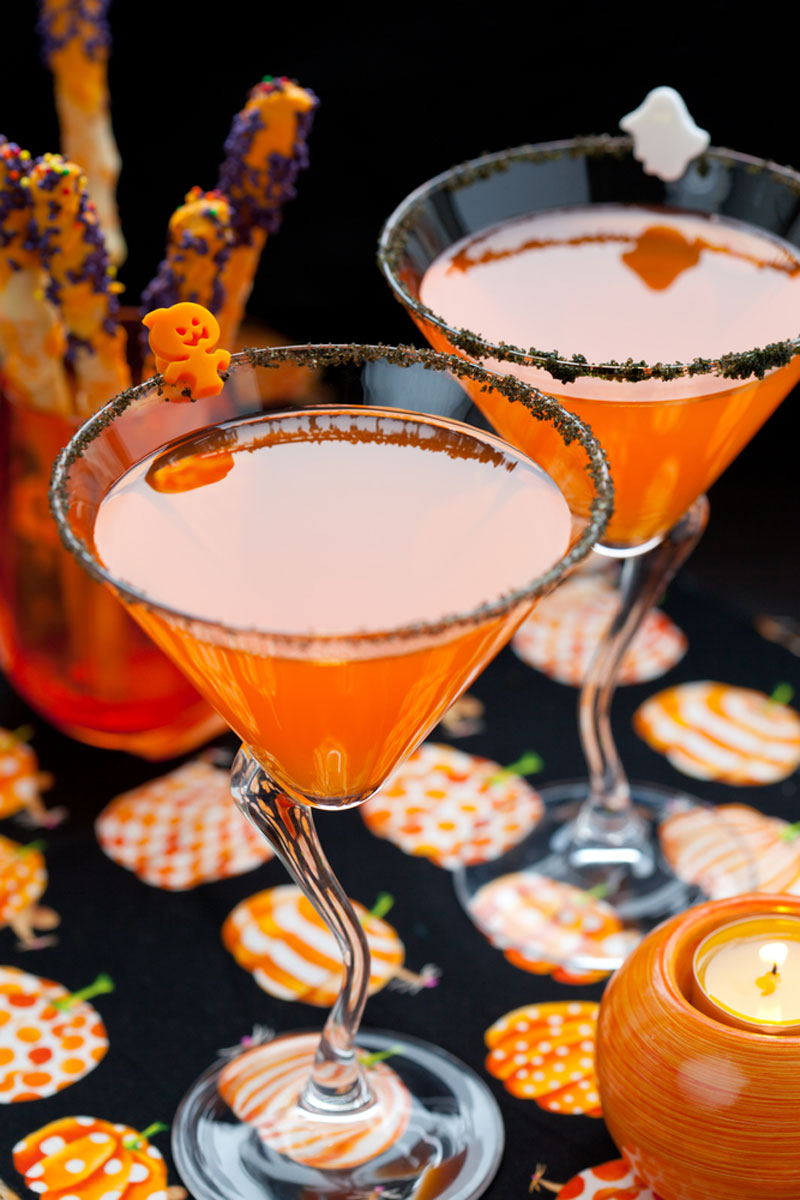
The traditional Halloween colors of orange and black actually stem from the pagan celebration of autumn and the harvest, with orange symbolizing the colors of the crops and turning leaves, while black marks the "death" of summer and the changing season. Over time, green, purple and yellow have also been introduced into the color scheme of Halloween decorations. [Turning Leaves: The Rick Colors of Fall Foliage]
Mischief Night
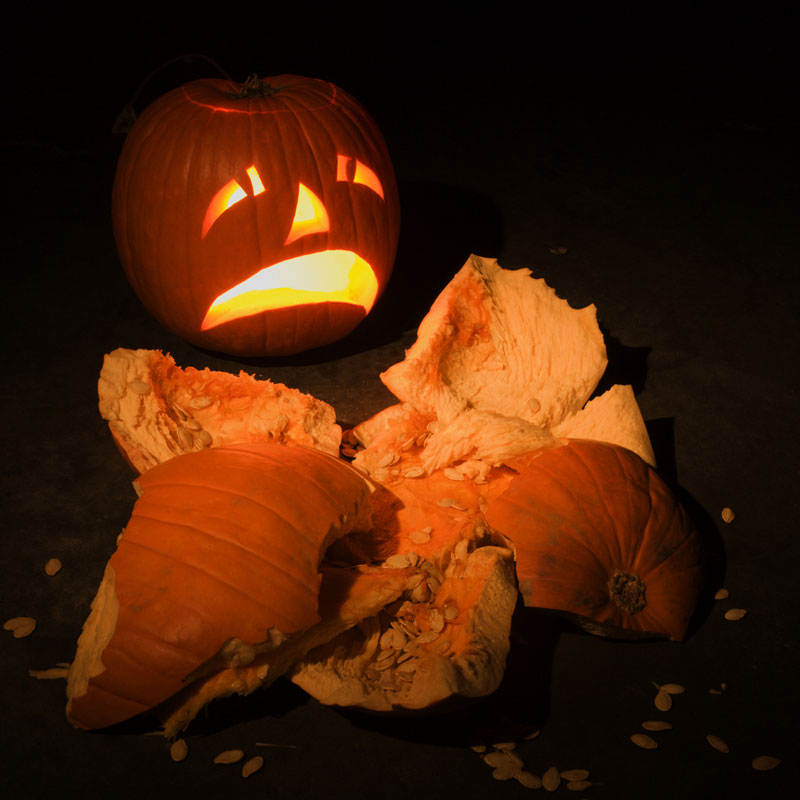
From some — namely troublesome teenagers — Halloween is also a time for neighborhood pranks. From egging and toilet-papering houses to smashing jack-o'-lanterns, "devil's night" can be full of mischief and menace.
The ancient Celts celebrated Samhain with bonfires, games and comical pranks. By the 1920s and 30s, however, the celebrations became more rowdy, with rising acts of vandalism, possibly due to the tension caused by the Great Depression, according to Jack Santino's "Halloween and Other Festivals of Death and Life" (Univ. of Tennessee Press, 1994). To curb the vandalism, adults began to hand out candy, reigniting the forgotten tradition of trick-or-treating in costume in exchange for sweets. This successfully replaced most of the mischief elements from Oct. 31 celebrations, so the troublemakers instead adopted Oct. 30 as their official night to pull pranks and wreak havoc.
